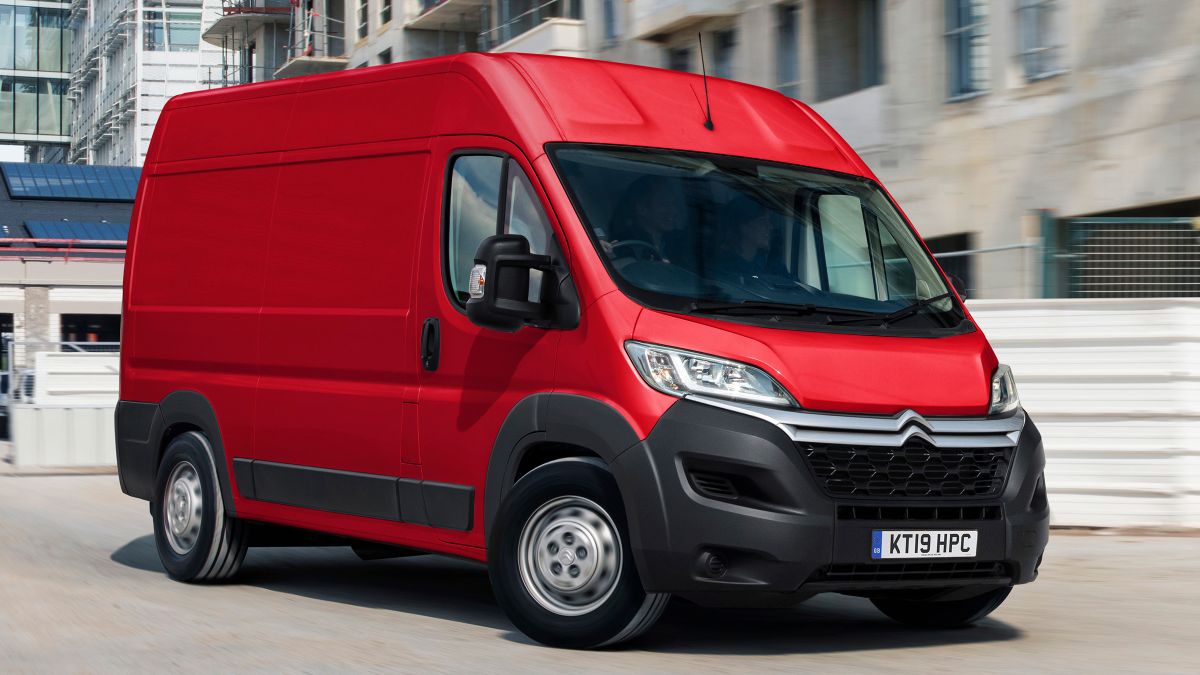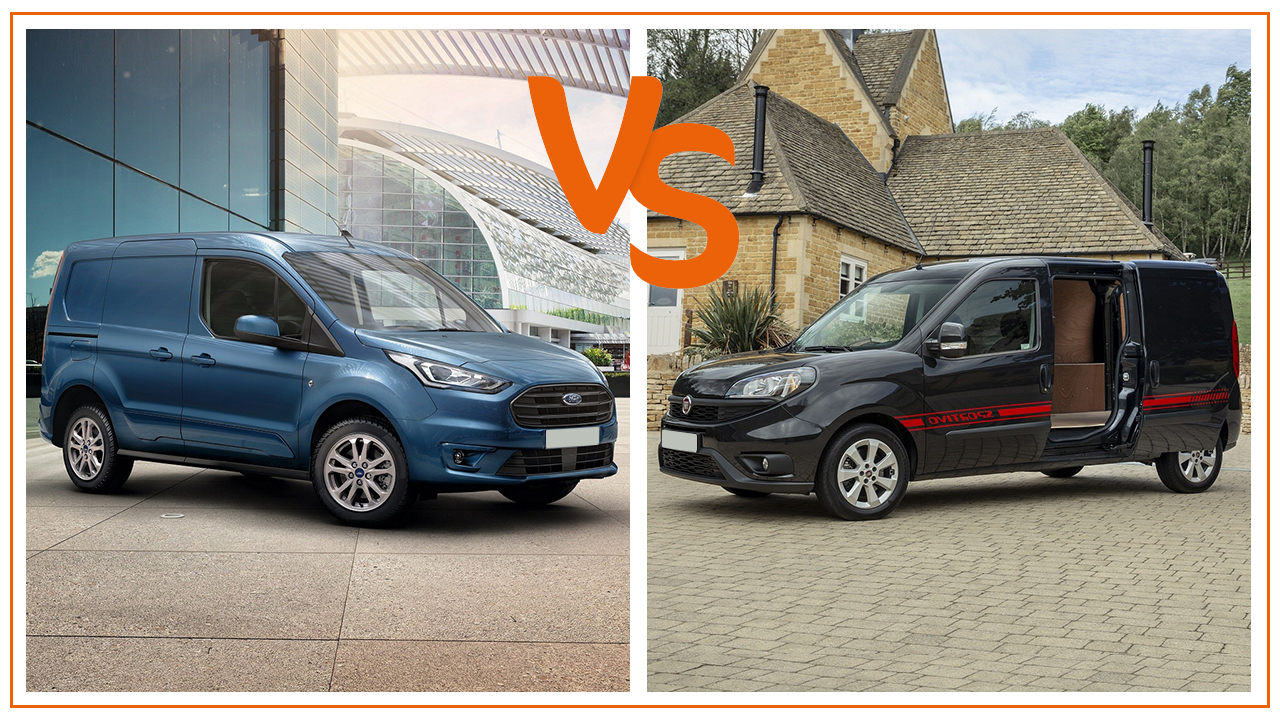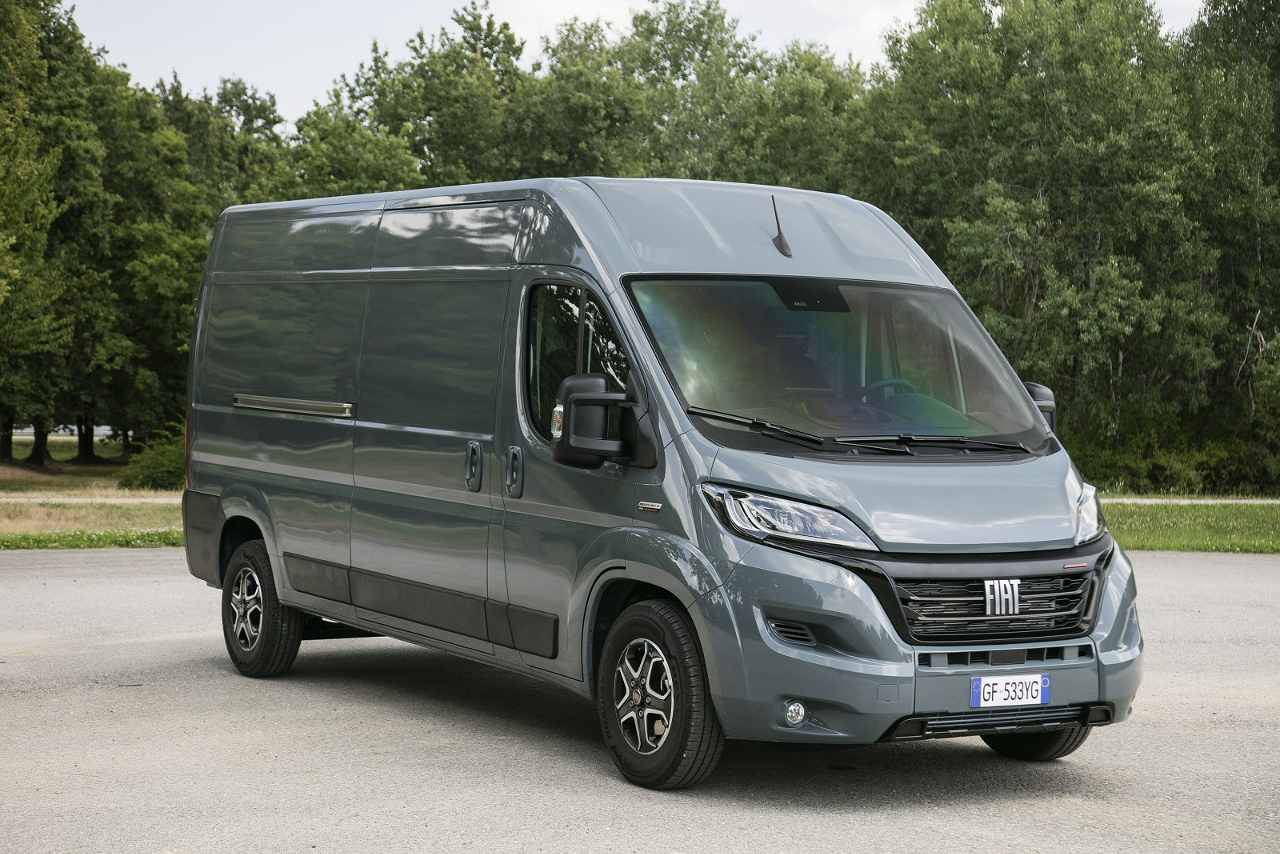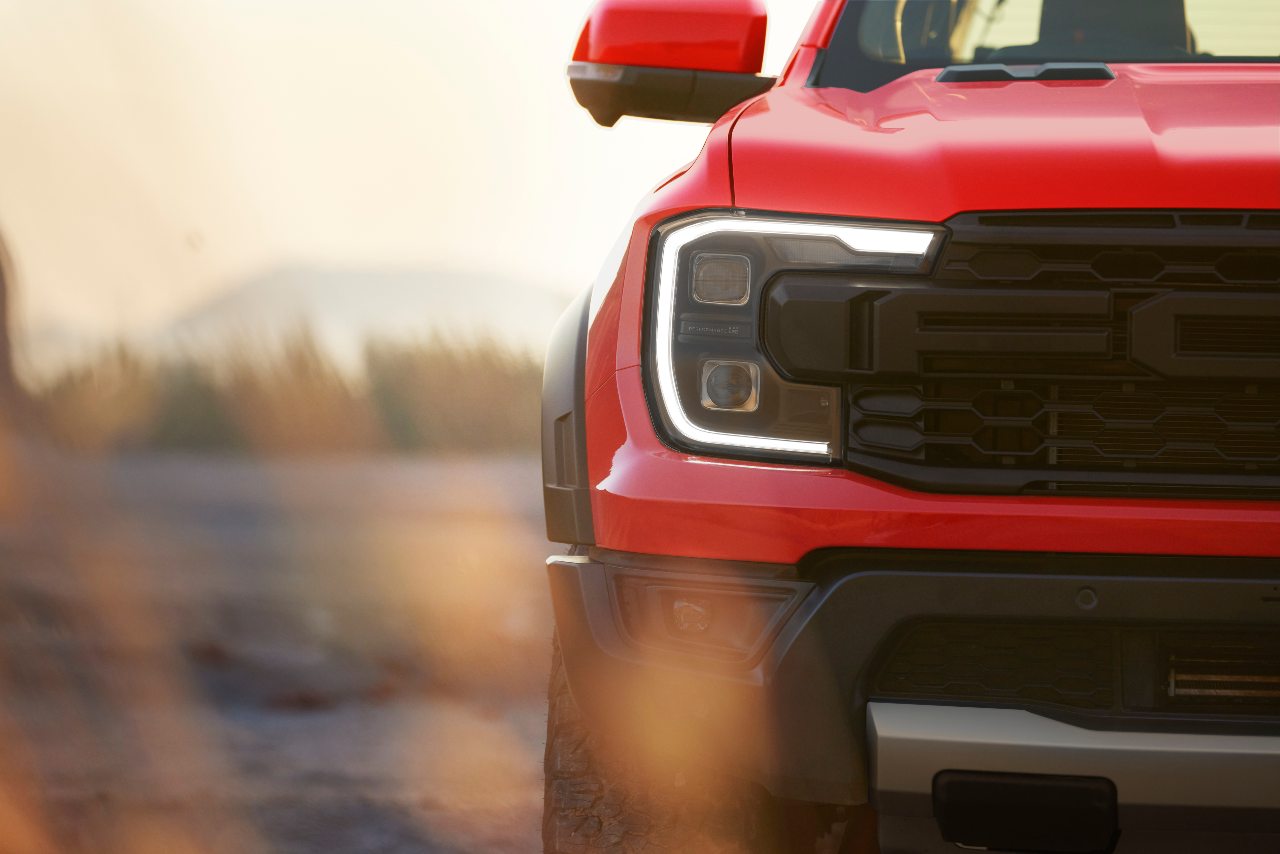You need a big van. So, let’s be honest – it’s more than likely that the venerable Ford Transit will be on your shopping list. It’s the market leader (and has been consistently for a very long time), they’re everywhere, and thousands of customers, both big and small can hardly be wrong, can they? But there are other, very capable competitors out there which can easily be overlooked. Not only can they be a match for the Transit, in some cases in a like for like comparison they can come out top.
Let’s stack the Transit up against one of these dark horses, the Citroen Relay. Like the Transit, it’s been around for a while now, in its current guise since 2006 but first introduced in 1981. It’s long been a favourite of the tradespeople and is known for being a no nonsense workhorse that does what it says on the tin. But does it offer enough to tempt you away from a Ford?
First Impressions
Looks are always going to be subjective, but at first glance most would agree that the Ford has more up to date styling than the Citroen. The Transit has 3 mainstream trim levels, Leader, Trend and Limited together with the Trail model designed for those who need a van capable of working in challenging conditions. All come with the familiar bold grille and the Trail can easily be identified by the additional and imposing F O R D letters across the front. The Transit Trend boasts some wheel trims and front fog lights but the Limited comes to the bling party big time with a body coloured front bumper, Bi-Xenon headlights with LED daytime running lights and some rather nice 16” alloy wheels.
The Relay is perhaps a little understated when it comes to its external appearance throughout its 4 trim levels, X, Worker, Enterprise and Driver, although Driver does get the snazzy LED daytime running lights and some wheel trims.
The Business End
If you’re looking for a large van, the ability to take a decent load is probably one of the most important aspects to consider. The Citroen is offered in 4 body lengths, 3 roof heights and 3 weights. In comparison, the Transit has a less comprehensive choice, with 3 body lengths and 2 heights but it’s available in 5 weights, including the new 5000kg GVM model.
Both the vans come with twin rear doors and a single side loading door as standard, together with a steel bulkhead separating the load bay from the passenger compartment.
If you need a ‘small’ large van, the Relay is just the job with the L1 model (only available in the low roof height). It still offers a load length of 2670mm and a volume of 8.0cu/m but with an impressive payload of up to 1425kgs. Compare this to the smallest Ford, designated L2 for some reason which has a 3044mm internal length but as it’s available in both roof height options it has a load volume of up to 11.2cu/m. Depending on the GVM, payloads are listed by the manufacturer as between 895kg and 1472kg. These small large (!) vans are great workhorses for those who need payload above anything else – and don’t forget, if you get a van that’s larger than you really need, you might be tempted to keep throwing gear into the back and you’ll risk overloading it.
Making comparisons a little easier, both manufacturers offer an L3 version which is available in 2 roof heights, H2 and H3.You’ll get a 3705mm load length into the Citroen (3494mm in the Transit) although roof heights are roughly the same in both vans. This gives the Relay an edge when it comes to load volume with 15.0cu/m available with the higher roof option compared to 13.0cu/m for the Transit. The Relay wins when it comes to payload too, up to 1495kg on offer with the heavier Ford having a maximum of 1419kgs.
When it comes to the largest vans in the range, the winner is less clear. The Relay L4 is available in 2 roof heights and the combination of a 4070mm load length with the higher roof means that 17.0cu/m of load volume is up for grabs. Whilst the Transit L4 boasts a whopping 4217mm in the back the H3 roof is lower than the Citroens and so the available load volume is less at 15.1cu/m. Too close to call? Maybe so far, but when you throw payload into the equation the Relay easily out performs the Transit with a maximum of 1410kgs compared to 1176kg for the Ford. To keep a like for like comparison, we’re not including the 5000kg GVM Transit in this feature, as the majority of van customers will not want the additional legal burden of operating a van over 3500kg GVM.
Under The Bonnet
OK, let’s not hold back. Ford is the clear winner when it comes to power units and drivetrains. Although the Euro 6.2 diesel engines in the Relay are slightly larger at 2.2 litres compared to the 2.0 litre Ford EcoBlue units, they’re only available in 120PS and 140PS outputs, and even then, the lower powered one can’t be specified if you choose Worker or Driver trim. The Transit is offered at 105PS, 130PS, 170PS and 185PS and, when it comes to the all important torque, the 140PS Relay can only produce 340nm whereas the lower powered 130PS Transit has an output of 360nm. Ford also offers a mild hybrid version of the EcoBlue engine, which is claimed to offer improved efficiency and fuel economy.
Transit is available in front, rear, or all wheel drive configuration, and the Transit Trail has a limited slip differential when specified with front wheel drive to aid traction when the going gets tough. There’s also a new, high tech 10-speed automatic transmission although this isn’t available on all engine and drivetrain configurations. The Relay is only available in front wheel drive with a manual gearbox although to be fair, this will probably suit most van users.
An all electric version of the Relay, called, yes you’ve guessed it, the E-Relay is on sale now and the battery powered Transit, wait for it, the E-Transit will be on sale in 2022. We’re not going to delve into too much detail on these as Ford are still keeping some details under wraps but, it’s fair to say that large electric vans will become very familiar as we gradually move away from the internal combustion engine.
In The Cab
It’s probably fair to say that if the Transit didn’t previously have the edge over the Relay when it comes to cab environment, the 2020 facelift certainly makes the Citroen look a little dated in comparison. The Ford’s state of the art dash and imposing multimedia screen share a lot of commonality with the cars offered by the manufacturer whereas the Relay’s cab is definitely one that you’d typically associate with a van.
The Relay isn’t lacking when it comes to standard equipment however. Although the basic X model doesn’t have a multimedia screen, it does come with a DAB radio and Bluetooth connectivity. All other models have a fairly modest 5” display but where Citroen really wins is with satellite navigation which is standard on Enterprise and Driver models – Ford doesn't offer satnav on any model of Transit other than as optional equipment.
Ford’s SYNC multimedia unit is in 4.2 inch form in the Leader van, but Trend, Limited and Trail benefit from an 8” screen. The all important Android Auto and Apple CarPlay are included, which help offset the disadvantage of no sat nav facility.
Citroen generously offers cruise control on all models and you only have to move to Enterprise spec to get aircon as well as rear parking sensors and an alarm. Go up to Driver trim level and you’ll benefit from a reversing camera, auto wipers and lights and a drive assist pack (Active Safety Brake, Collision Alert, Lane Departure Warning, Smart Beam Headlights and Speed Limit Recognition).
All Transit vans come with plenty of safety technology such as Side Wind Mitigation, Curvature Control and Emergency Brake Warning. Using ESP technology, three drive modes are selectable, normal, eco and slippery. Also included is the FordPass Connect modem, which gives a number of benefits including remote monitoring. Moving up to the Trend, Ford’s legendary heated windscreen is included together with auto headlights and wipers which will ensure that you can see ahead on those bleak, dark cold winter mornings. Cruise control and front and rear parking sensors are also fitted as standard. You’ll need to go to the range topping Limited to get air conditioning but you’ll also benefit from Side Park Assist. The Trail, which is based on Trend specification, has a leather interior.
Which Is The Best?
There’s no easy answer. Relay is offered in a great selection of bodystyles and, when comparing like for like, generally has the edge over the Ford when it comes to volume and payload. Transit has a more comprehensive range of engines and drivetrains and it’s hard to dispute that overall it’s the more modern van when it comes to style and comfort. Having said that, kudos to Citroen for including some decent tech without having to opt for the top of the range van.
Whichever van floats your boat, you can be sure that it’ll cope admirably with whatever task you choose to put it to and, don’t forget to check out our full Vanarama video reviews on the Transit and Relay.






